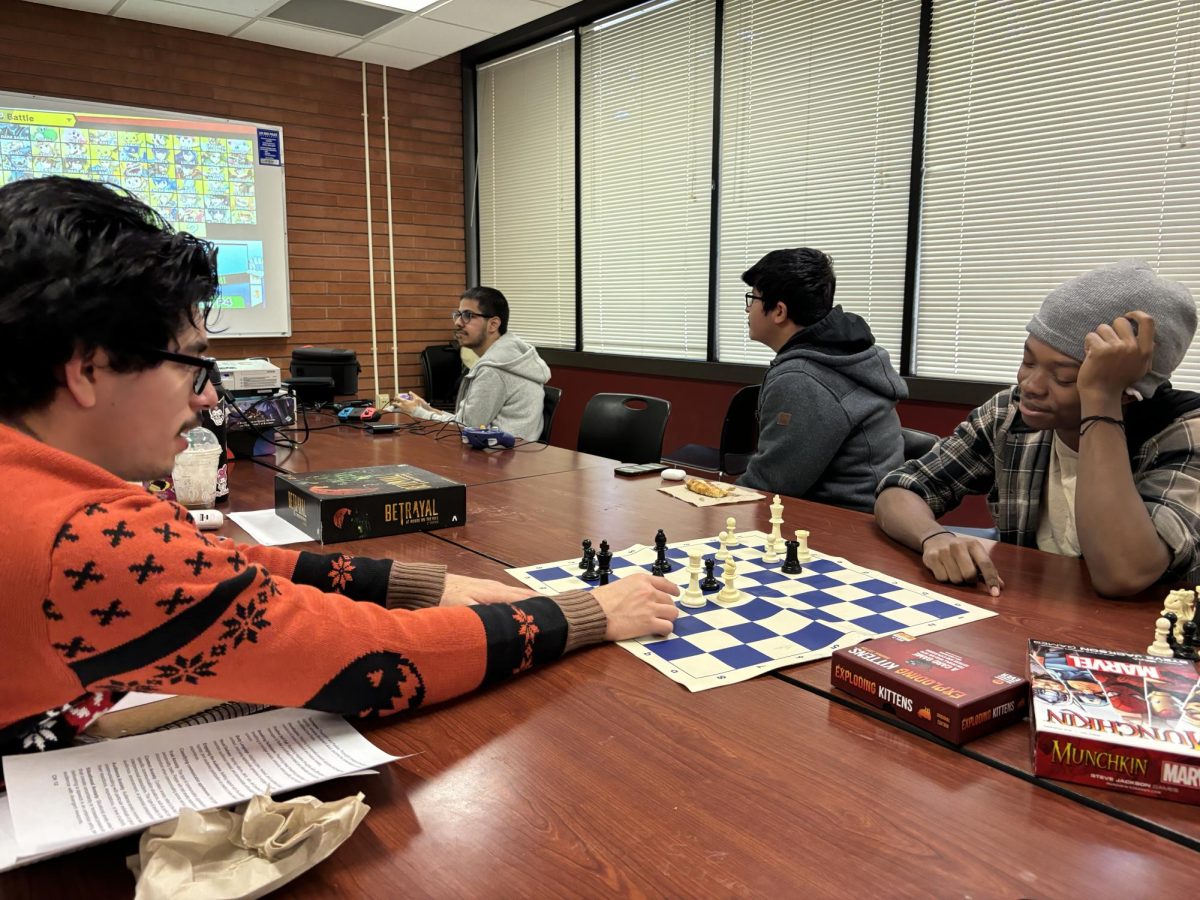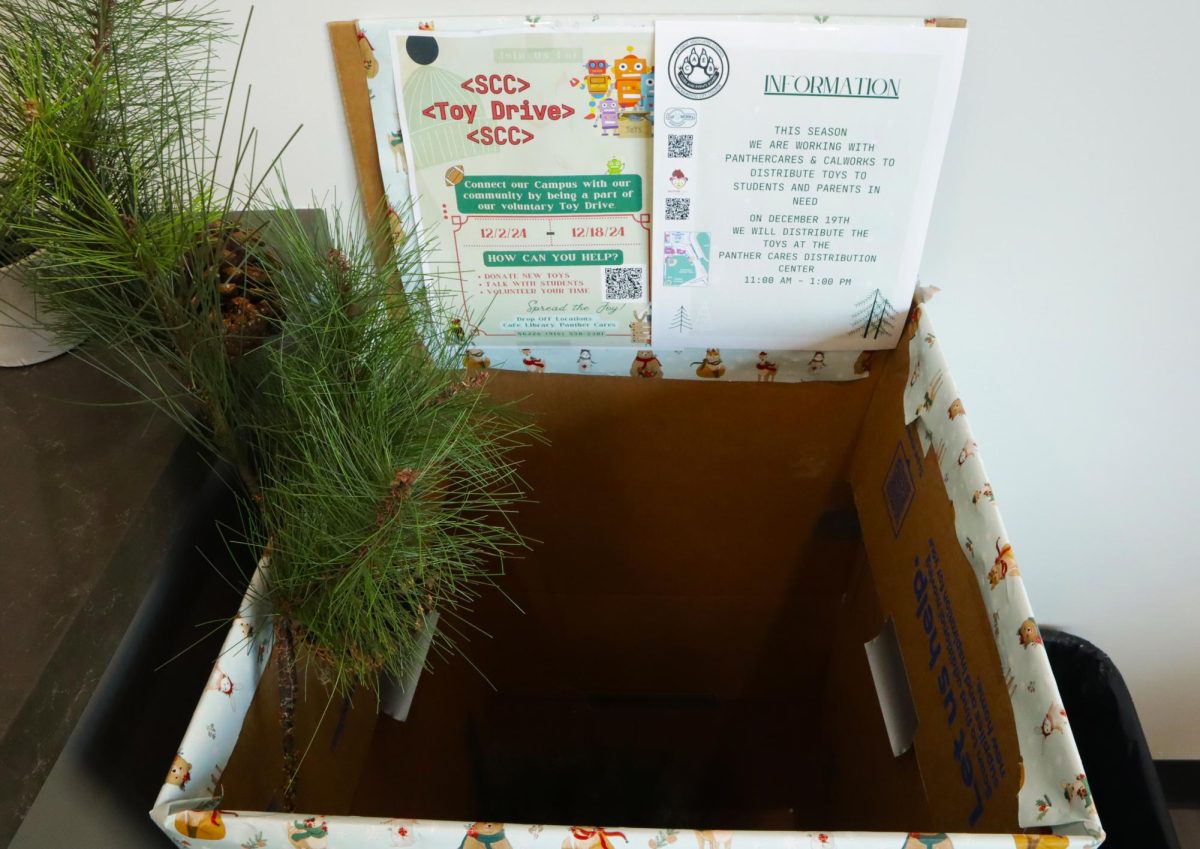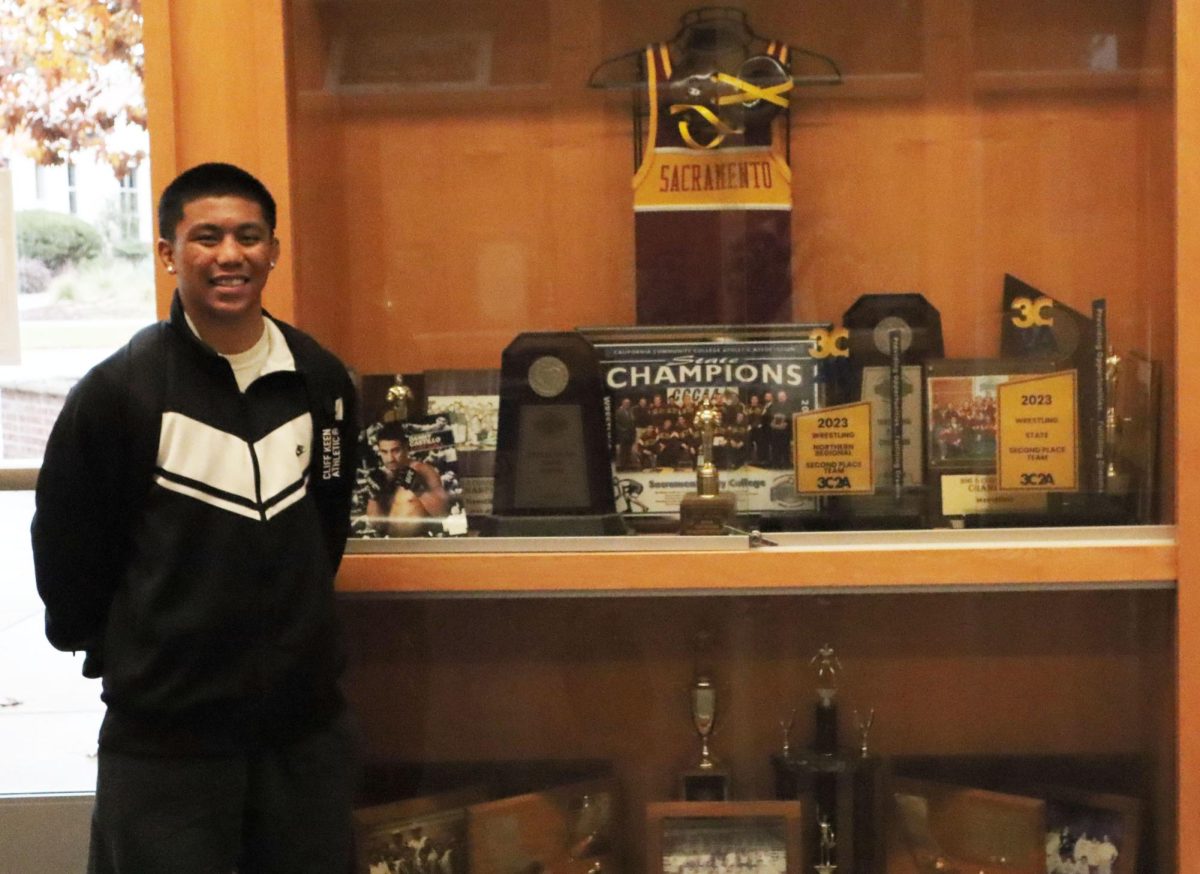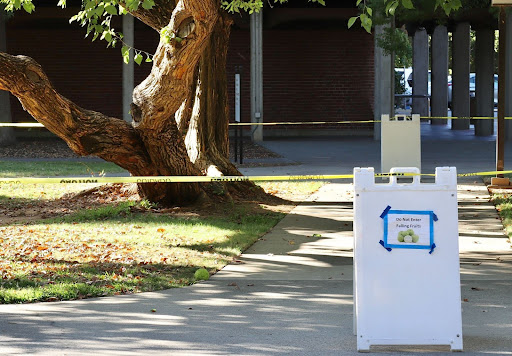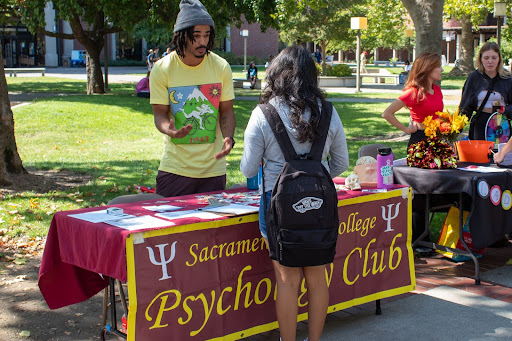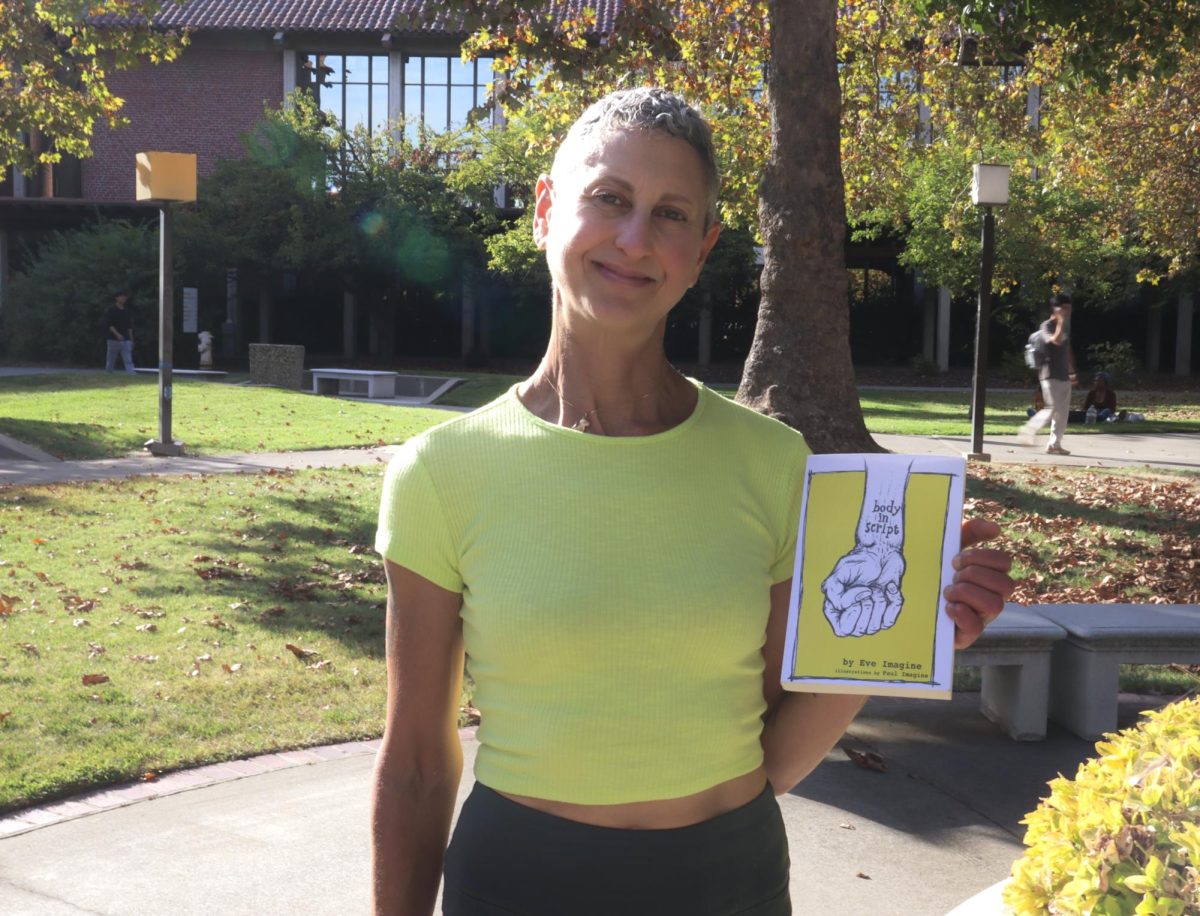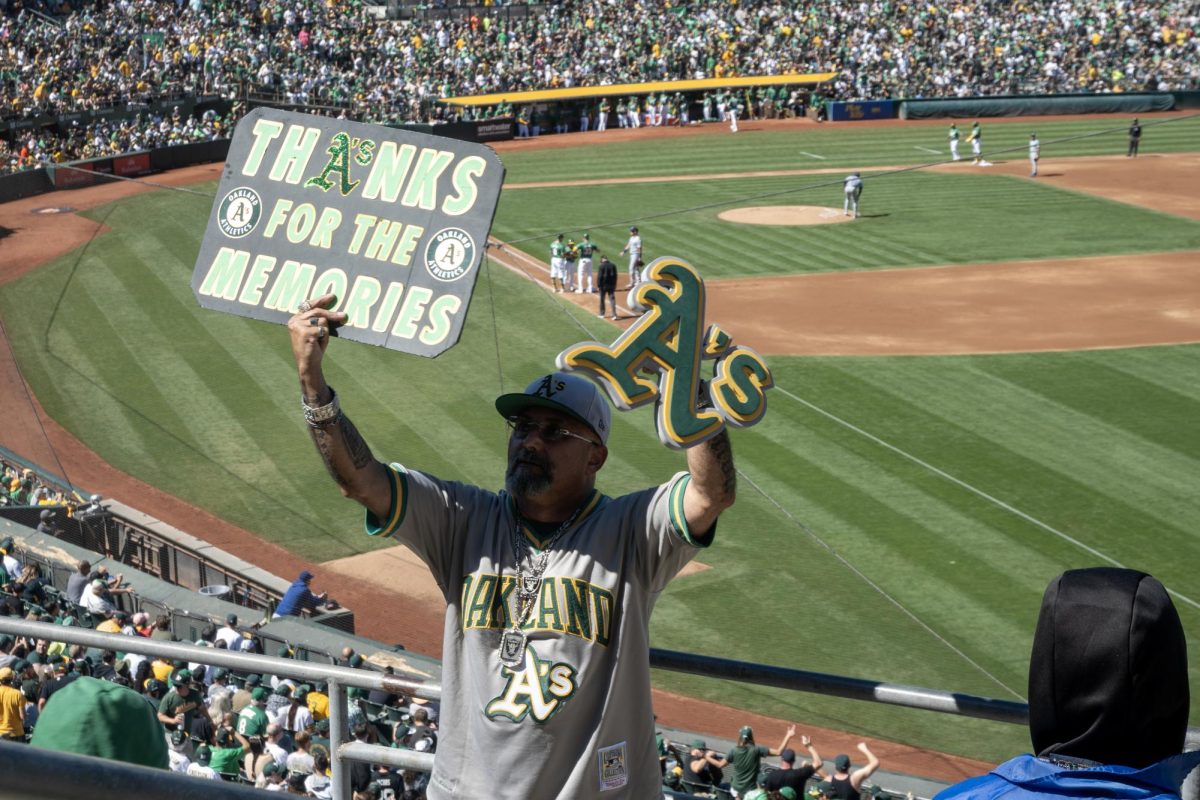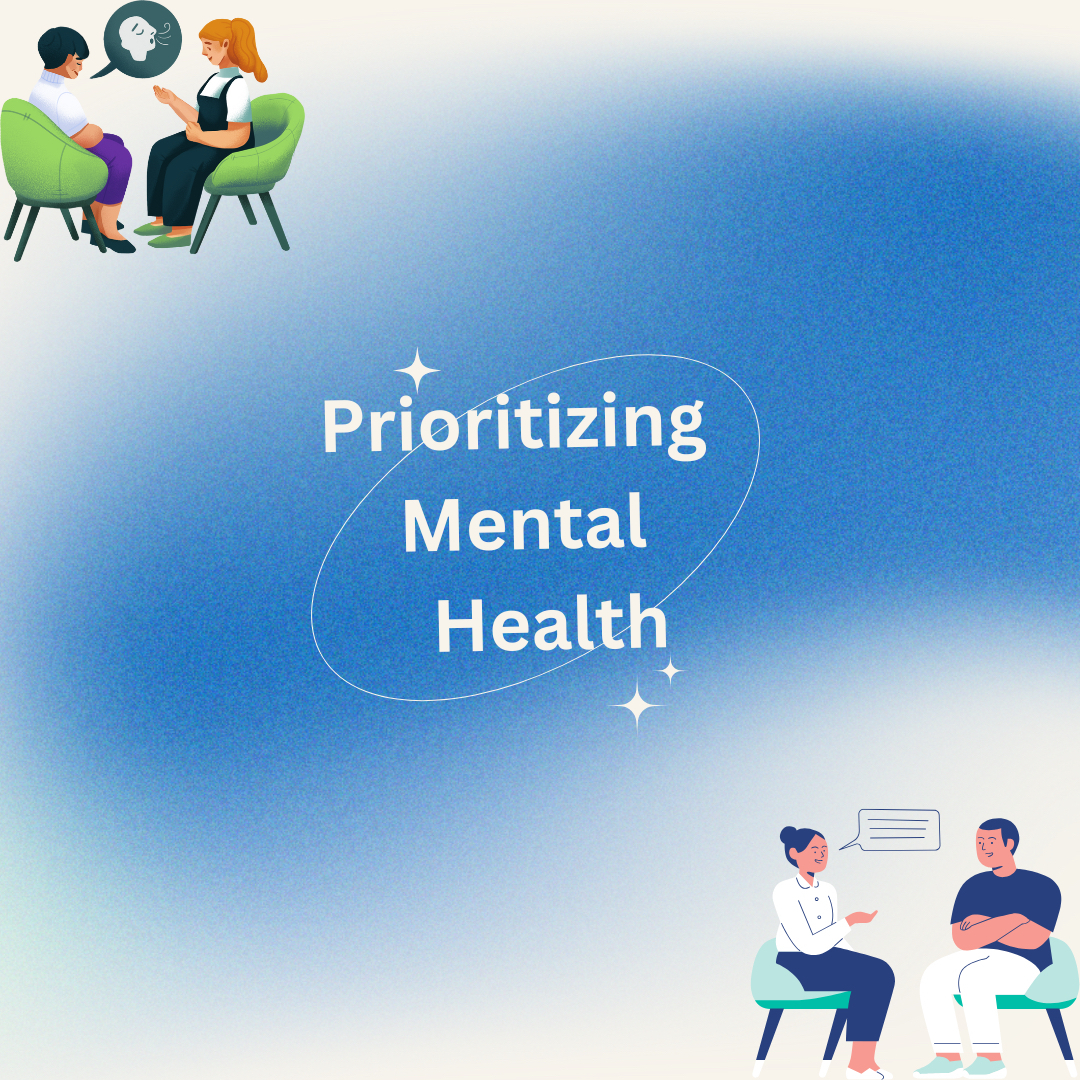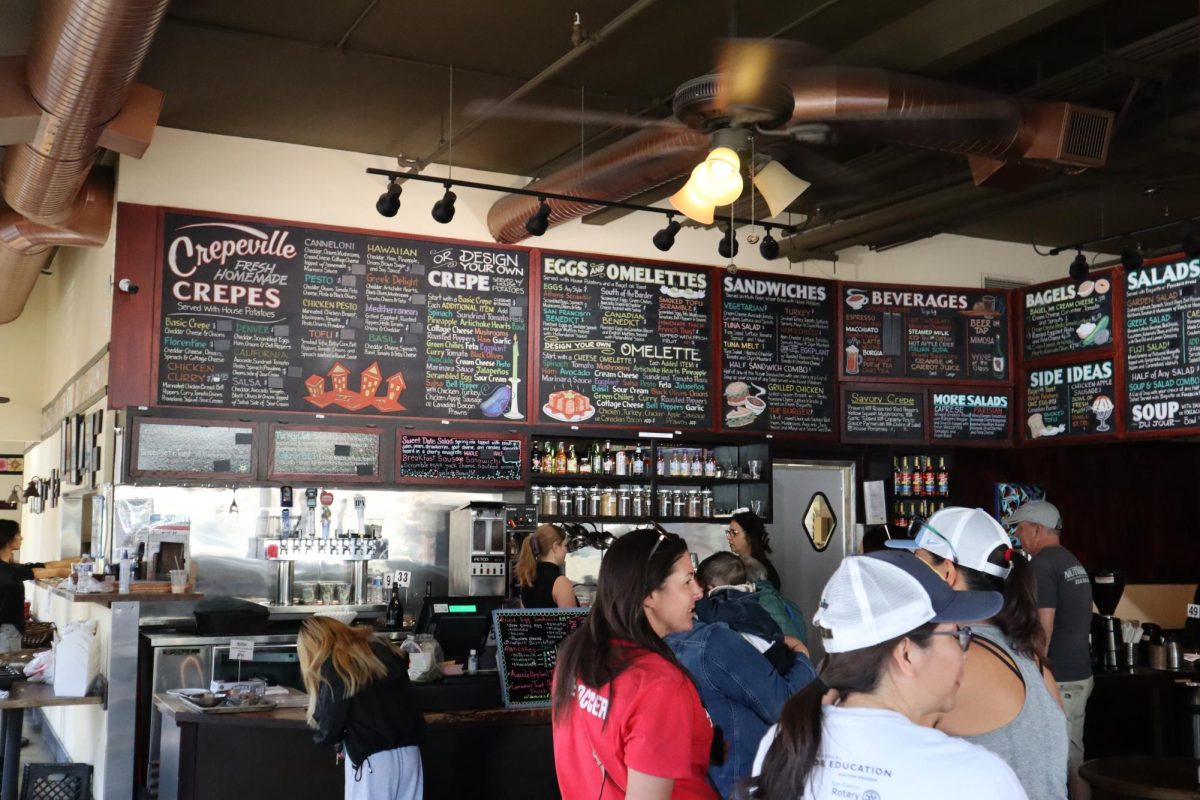I am tired of living in a world in which the food supply is full of growth hormones and pesticides, the water supply is full of fluoride, and the most common form of medicine comes from factories that mix powerful, mind/body-altering chemicals into pills.
But the substance everyone seems to fear the most is a plant that grows wild in nature.
If you take a step back and look past the controversy and propaganda you will see that the legality marijuana has much less to do with the safety or morality of the American public, but much more to do with an economic battle for profit.
Before it was banned in our country, weed was valued mostly as a form of textile fiber, not as an intoxicant and this practice began much earlier than our country.
According to the 1980 book, “The Botany and Chemistry of Hallucinogens”, hemp was harvested in China as early as 8,500 years ago. Due to the Marihuana Tax Act of 1937 [sic], marijuana was criminalized in America 73 years ago.
A modern model for the potential products that could be made with cannabis include paper (the Declaration of Independence was written on hemp), coarse and fine textiles, molded plastics, body/skin care products, construction materials, livestock feed, livestock bedding, nutritional supplements (hemp has one of the highest concentrations of natural protein), essential oils (for flavor as well as perfume), medicines, and even foods.
If that does not spell out “useful,” then I don’t know what would. If you want to understand why our country opposes this plant, you need not look at the potential danger of intoxication, but rather the inevitable economic competition that cannabis would provide in the market.
A key individual in the fight to criminalize weed was William Randolph Hearst, a successful newspaper publisher who also owned many acres of timber forest and paper mills, which were both threatened by hemp production.
I’m not here to condone the abuse of a mind-altering substance. I’m here to acknowledge the usefullness of a wrongfully banned product.
According to reefermadness.org, Hearst associated hemp with marijuana in his newspaper and published many negative stories that were fabricated by Harry J. Aslinger, the leader of the war on weed.
Today, marijuana has a much more powerful enemy in the form of our pharmaceutical companies.
If people were allowed to smoke weed as they pleased, almost no one would need prescriptions for migraines, nausea, asthma, and many more inflictions. According to MSNBC in 2006, researchers at Scripps Research Institute in California found that THC, the active ingredient in marijuana, is more effective than commercially marketed drugs in preventing an enzyme called acetylcholinesterase from inhibiting memory and cognition in Alzheimer’s patients.
Can you expect powerful companies in our country to just sit back and allow a plant to replace the thousands of factories and laboratories that maintain its level of profit and success? Of course not.
Their concern is not your safety. If the prevention of substance abuse were a real priority, they might have banned alcohol, caffeine, and the countless pharmaceuticals that have replaced illegal drugs on the streets.
I’m not here to condone the abuse of a mind-altering substance. I’m here to acknowledge the usefulness of a wrongfully banned product, and to reject the backwards priorities of the companies that influence what is legal and what is not.



